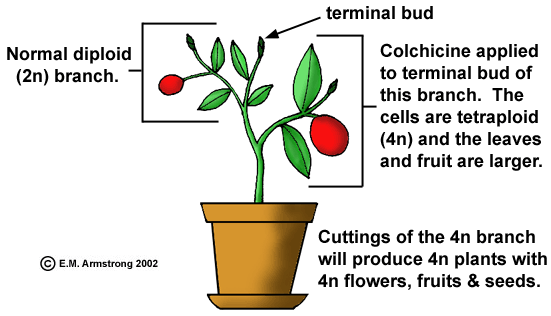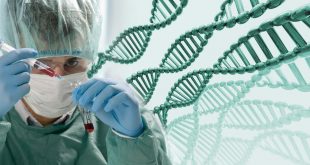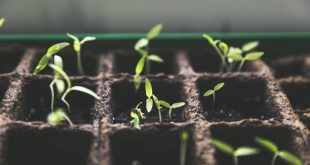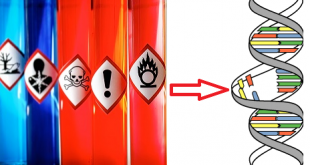Link of other two related artciles 1 and 3. This is number 2.
(Polyploidy: A Game with Chromosome Numbers)
(Allopolyploidy: Mixing up Different Genomes)
Euploids
Best safe and secure cloud storage with password protection
Get Envato Elements, Prime Video, Hotstar and Netflix For Free
Best Money Earning Website 100$ Day
#1 Top ranking article submission website
Euploidy is a condition where an organism has in its cell an exact multiple of its basic chromosome number. It is a form of polyploidy where the chromosomes increase in sets. As a result for each chromosome, multiple copies are developed.
Remember,
Exampling wheat* where 2n = 6x (hexaploid) = 42
x = The basic or genomic chromosome number = 7
n = The gametic chromosome number = 21
2n = zygotic or somatic chromosome number = 42
Genome = The basic set of chromosome = Here 6 genomes are present.
*wheat can be tetraploid too.
Another example, each human somatic cell has 46 chromosomes (diploid 2n = 2x = 46). Each chromosome has a corresponding homologous one i.e. they exist in pair. And, the haploid chromosome number is 23 (haploid n = 23). If in any case, the chromosome sets increase by one complete set, the cell becomes triploid (3x = 69). Similarly, 2 sets increase will make a tetraploid (4x), 3 sets increase will make a pentaploid (5x) and so on.
Here the chromosomes increase in set which is a multiple of haploid=basic chromosome number (23, 46, 69 and so on) or set/genomes (x, 2x, 3x, 4x and so on). So this is a euploidy.
Euploidy is two types:
- Autopolyploidy
- Allopolyploidy
Autopolyploids
- In autopolyploids, only one basic set or genome is multiplied. So all the genomes are alike.
For example, if a set of genome (x) is represented by A, for the euploid tetraploid (4x) of that organism, the total genomic set will be AAAA. So, there is no mix up of other type of genome.
| Euploid | Number of genome more than two | Symbol |
| 1. Haploid | Gametic chromosome complement | n |
| Monoploid | One genome | x = A |
| 2. Autopolyploid | Genomes identical with each other | |
| Autotriploid | Three genomes | 3x = AAA |
| Autotetraploid | Four genomes | 4x = AAAA |
| Autohexaploid | Six genomes | 6x = AAAAAA |
| 3. Allopolyploid | Two or more distinct genomes | |
| Allotetraploid | Two distinct genomes | 2×1 + 2×2 = AABB |
| Allohexaploid | Three distinct genomes | 2×1 + 2×2+ 2×3 = AABBCC |
Good to know:
- Autotriploids originate from the progenies of diploid (2x) species by spontaneous origin at low frequencies. They arise from the sexual fusion of an unreduced (2n) egg and haploid (n) male sperm.
- Number of possible genotypes in a diploid is AA, Aa and aa. On the other hand, the number of genotypes in 4x level is five.
| AAAA or A4 | Quadruplex |
| AAAa or A3a | Triplex |
| AAaa or A2a2 | Duplex |
| Aaaa or Aa3 | Simplex |
| aaaa or a4 | Nulliplex |
Origin and production of doubled chromosome number
2x, 4x, 6x
Cell/individuals having doubled chromosome numbers may originate in one of the following way:
- Spontaneous
- Treatment of physical agents
- Through in vitro culture
- Colchicine treatment
- Chemical agents
Spontaneous
- Chromosome doubling occurs occasionally in somatic tissue and unreduced gametes are also produced in low frequencies.
- Production of unreduced gametes is promoted by certain genes, e.g. gene causing complete asynapsis or desynapsis.
Production of adventitious Buds
- Decapitation in some plants leads to callus development at the cut end of stem. Such a callus has some polyploid cells and some of the shoot buds regenerated from the callus may be polyploid.
- This is common occurance in Solanaceae where 6-36% of adventitious buds are reported to be tetraploid.
- The frequency of polyploid buds may be increased with the application of 1% IAA at the cut end as it favors callus development.
Physical agents
Heat or cold treatments, centrifugation, an X-ray or gamma ray irradiation may produce polyploids in low frequencies.
- Tetraploid branches were produced in Datura in responce to cold treatment.
- Exposure of maize plants or ears to a temperature of 38-45°C at the time of first division of zygote produces 2-5% tetraploid progeny.
- Heat treatment has been successfully used in barley, wheat, rye and some other crop species.
Cochicine treatment
- Colchicine treatment is the most effective and the most widely used treatment for chromosome doubling.
- It has been used with great success in a large number of crop species belonging to both dicot and monocot group.
- The methods of colchicine application varies considerably namely,
-Seed treatment, seedlings treatment, treatment at the growing shoot apices.
-Application on shoot buds (in woody plants).
-Application on the shoot apical meristems (in grasses and cereals).
Morphological and cytological features of autopolyploids
- Larger cell size: Plypoids have larger cell size than diploids.
- Stomatal features: Guard cells of stomata are larger and the number of stomata per unit area is lower in polyploids than in diploids.
- Pollen grains feature: Pollen grains of polyploids are generally larger than those of the corresponding diploids.
- Flowering period: Polyploids are generally slower in growth and later in flowering.
- Large but less leaves and flowers: Polyploids usually have larger and thicker leaves and larger flowers and fruits which are usually less in number than in the diploids.
- Reduced fertility: Polyploids generally show reduced fertility due to irregularities during meiosis.
- Vigor and growth: In many cases, autopolyploidy leads to an increase in general vigor and vegetative growth. But in some cases, polyploids are similar and weaker.
- Difference in optimum ploidy: Different species have different levels of optimum ploidy, e.g. in sugarbeet (Beta vulgaris) the optimum level is 3x, while for timothy grass (Phleum pratense) it is between 8-10x.
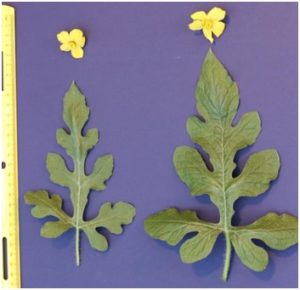
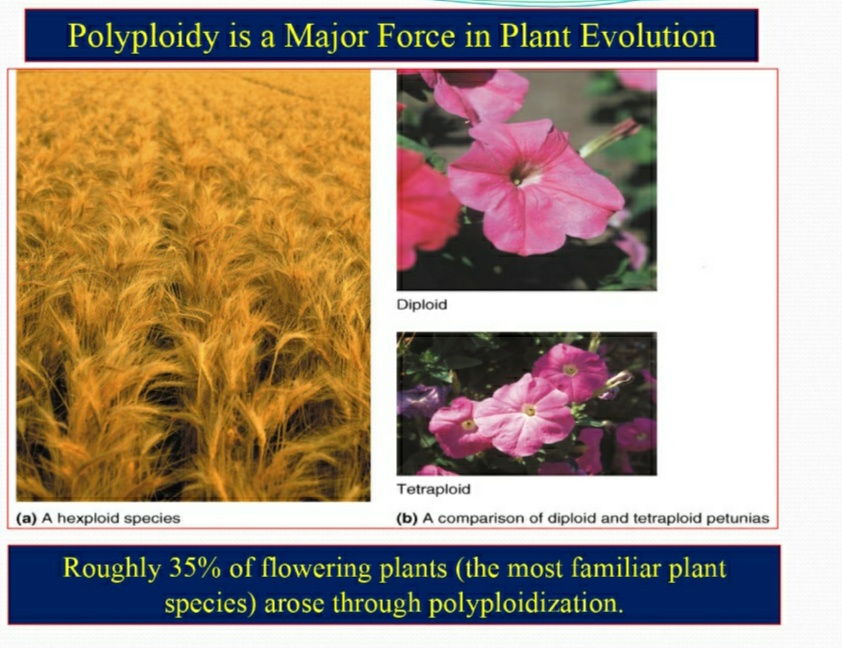
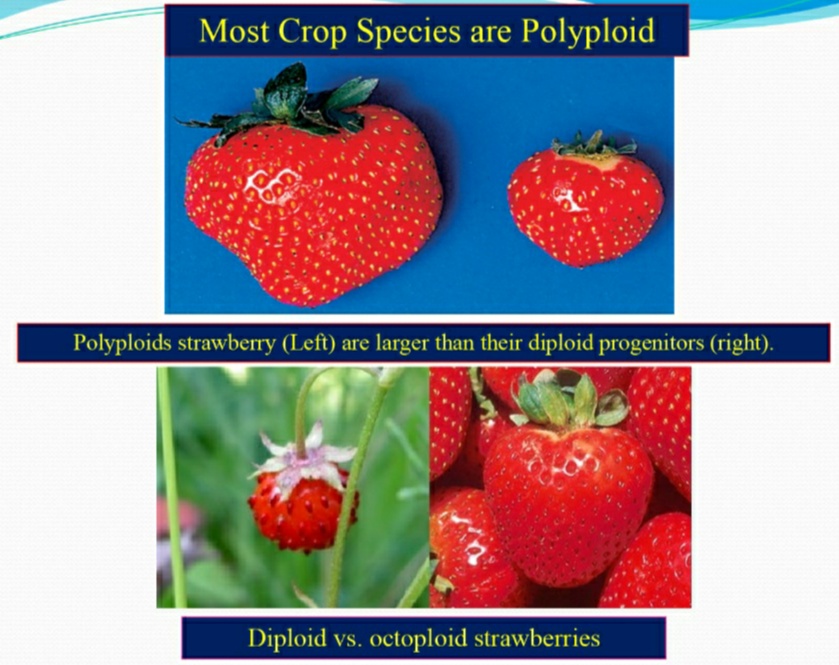
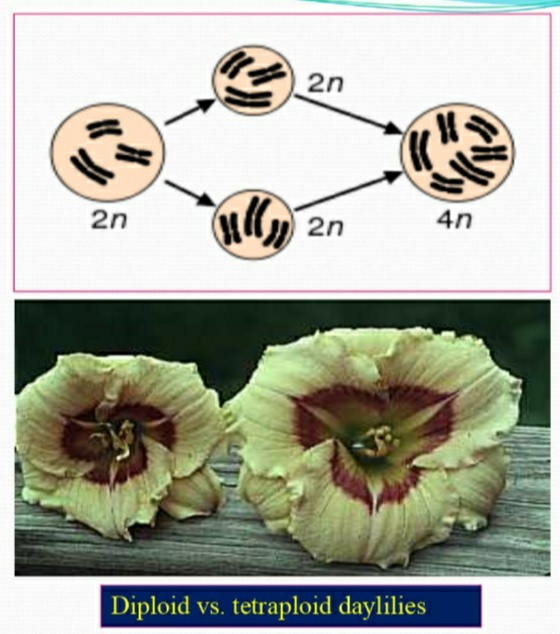
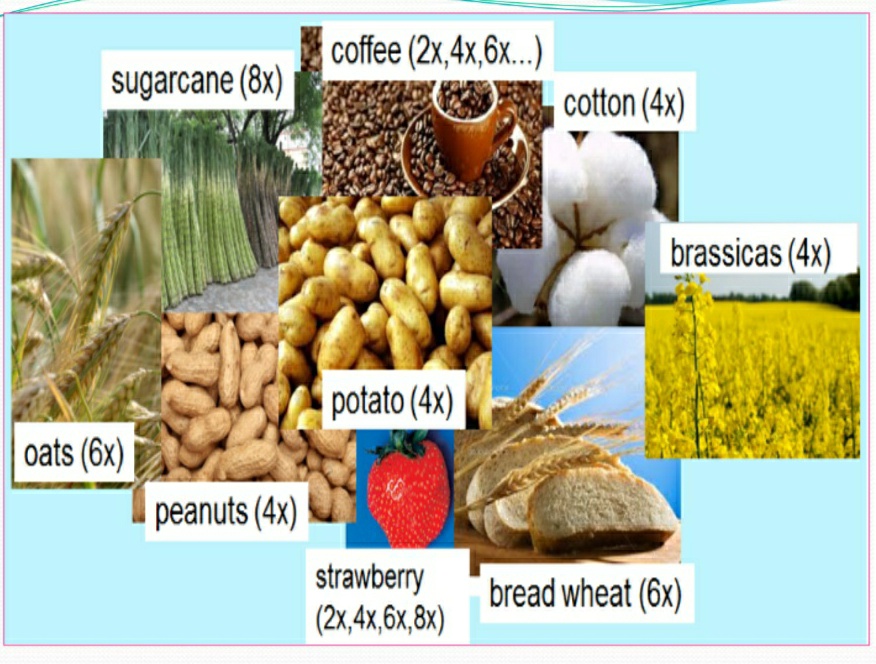
Application of Autopolyploids in Crop Improvement
Monoploids and Haploids
- They are used for developing homozygous diploid lines.
- Isolation of mutants, because the mutant allele (even in the recessive form) expresses itself in M1 due to a single dose of the gene in somatic tissue.
- In some autotetraploids, like potato, breeding is relatively easier at the haploid (2x) level.
Triploid
- Triploids are produced by hybridization between tetraploid and diploid strains. They are generally highly sterile, except in a few cases. This feature is useful in the production of seedless watermelons.
- In certain species they may be more vigorous than the diploids, e.g. in sugarbeets (produce larger roots and more sugar per unit area than diploids. Apparently, 3x is the optimum level of ploidy in sugarbeet).
Tetraploids
- Tetraploids may be useful in breeding, improving quality, overcoming self-incompatibility, making distant crosses and may be used directly as varieties.
- Some autotetraploids may be superior in some quality characters to their respective diploids, e.g. tetraploid maize has 45% more carotenoids pigment and vitamin A activity than the diploids.
- In banana, autotetraploids are inferior to triploids as they have weaker leaves and increased fertility. But they offer the only available chance of adding disease resistance to commercially successful varieties.
- Seedless fruits production.

Advantages of autopolyploidy
- Only certain ploidy levelis beneficial. For example, 4x apple is not desirable, but 3x apples are good, and some of the best varieties of apples are 3x.
- Sterility associated with ploidy may be desirable. Certain floral plants have longer-lasting blooms if sterile. Autotriploids may be beneficial if propagated vegetatively. Seedless banana and water-melon are commercially successful.
- An incompatibility system that successfully maintains cross fertilization at 2x may break down and allow self fertilization.
Best safe and secure cloud storage with password protection
Get Envato Elements, Prime Video, Hotstar and Netflix For Free
 Plantlet The Blogging Platform of Department of Botany, University of Dhaka
Plantlet The Blogging Platform of Department of Botany, University of Dhaka
